Are Self-Driving Cars Safer Than Human Drivers? 20 Statistics to Know in 2025
-
Chris Dinesen Rogers
- Last updated:
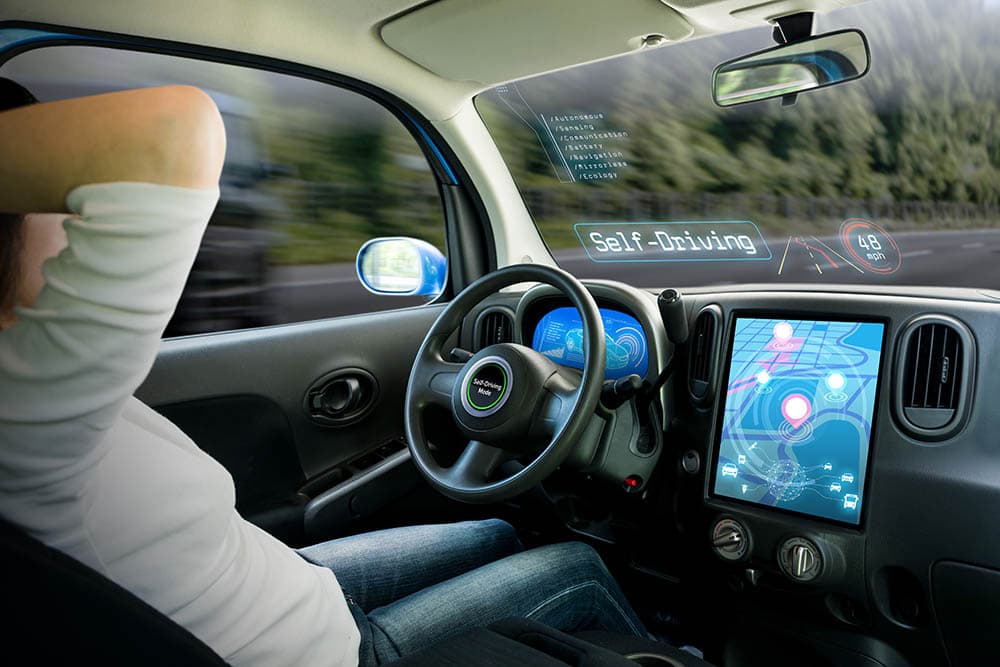
Note: This article’s statistics come from third-party sources and do not represent the opinions of this website.
Historians credit Carl Benz1 as the inventor of the self-propelled, gas-powered car, making its debut on New Year’s Eve 1879. It looked more like a tricycle than an automobile since Benz sourced his parts from bicycles. It was a monumental feat at the time and opened up the world to travel—literally! Before its invention, people were limited to the 35 miles a day a horse could travel.
Fast forward about 60 years, and inventors were envisioning self-driving vehicles. Automobiles had a lot of bumps in the road in the beginning. There weren’t any safe roads. Many were barely tracks in the ground. Safety was always an issue with driving. Think of how many accidents, mishaps, and fatalities we attribute to human error. Could self-driving cars offer a better alternative? Let’s check the stats.
Click below to jump ahead:
The 20 Self-Driving Cars vs Human Drivers Statistics
- About 80% of drivers surveyed by AAA are fearful of riding in a self-driving car.
- There were 31.4 million self-driving cars worldwide in 2019.
- Industry experts expect sales of self-driving cars to increase by over 72% to reach 54.2 million vehicles by 2024.
- No fully autonomous vehicle exists on the road today.
- Currently, the accident rate for self-driving cars far exceeds that of human-driven vehicles at 9.1 incidences per 1 million miles.
- According to the National Transportation Safety, there were 36,096 fatalities and 2.74 million injuries in 6.75 million crashes in 2019.
- Fatal accidents happen only about once every 3 million driving hours.
- Nearly 20% more fatalities occur on urban versus rural roads.
- Automatic braking systems designed to prevent accidents reduced speeds by 79% versus those that are only meant to decrease their severity.
- Bans on texting while driving exist in all 50 states.
- About two-thirds of all vehicular traffic on any road at any given time is speeding.
- About 94% of all accidents are caused by human error.
- As of 2021, the District of Columbia and 38 states allow autonomous test vehicles on public thoroughfares.
- Only 35% of drivers are aware they’re sharing the road with autonomous test vehicles.
- The global market for self-driving vehicles is estimated at $7 trillion by 2050.
- The projected consumer segment is $3.7 trillion, or 55% of the total market.
- The United States alone will have up to 4.5 million autonomous cars by 2035.
- About 55% of business owners believe they’ll have all self-driving vehicles in their fleets.
- Improving business efficiency is the top driver for companies adopting smart technology, like self-driving cars.
- About 75% of Americans think manufacturers of self-driving cars are pushing the technology too quickly.
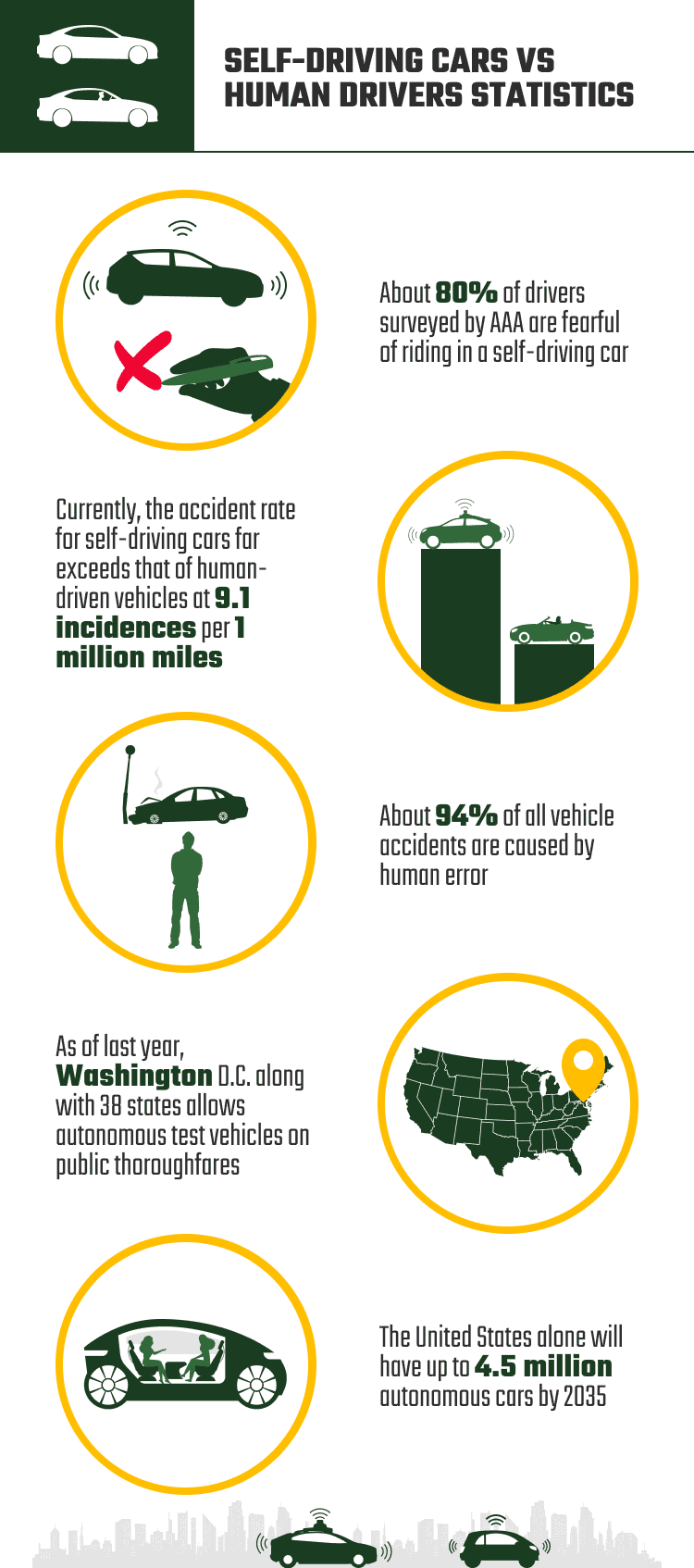
Facts About Self-Driving Cars
1. About 80% of drivers surveyed by the AAA are fearful of riding in a self-driving car.
(AAA)
This statistic should be a wake-up call to the industry. It is not just auto manufacturers but driver services like Uber, too. Remember that this distrust can have severe repercussions, like lackluster investor financial support. It also opens a significant PR problem. Of course, the media often plays up the accidents associated with testing. However, manufacturers must take public opinion into account when releasing these vehicles.
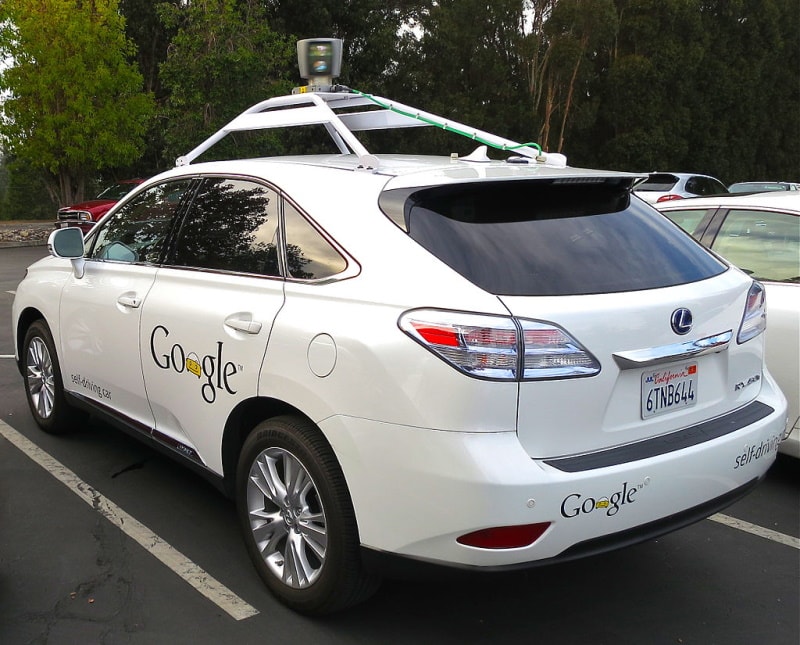
2. There were 31.4 million self-driving cars in 2019 worldwide.
(Statista, Hedges Company)
There are a projected 290.8 million vehicles on the road in the United States alone. However, it’s worth noting the industry’s global reach. Different countries will likely face unique challenges. Several are embarking on this ambitious venture. Collaboration is imperative to meet safety expectations.
3. Industry experts expect sales of self-driving cars to increase by over 72% to reach 54.2 million vehicles by 2024.
(Statista)
This one is the second part of the previous entry. This figure highlights the potential for its continued adoption, barring too much bad press. That makes statistics like our first one vital to driving the industry’s growth.
4. No fully autonomous vehicle exists on the road today.
(Marketplace)
Many misconceptions exist about self-driving cars. There are degrees of automation. The popular idea of an automobile being like a robotic cab is a far cry from what exists today. However, it is essential to take it into context with stats about the general public’s reluctance to accept the technology. Too many issues are in the way of full automation.
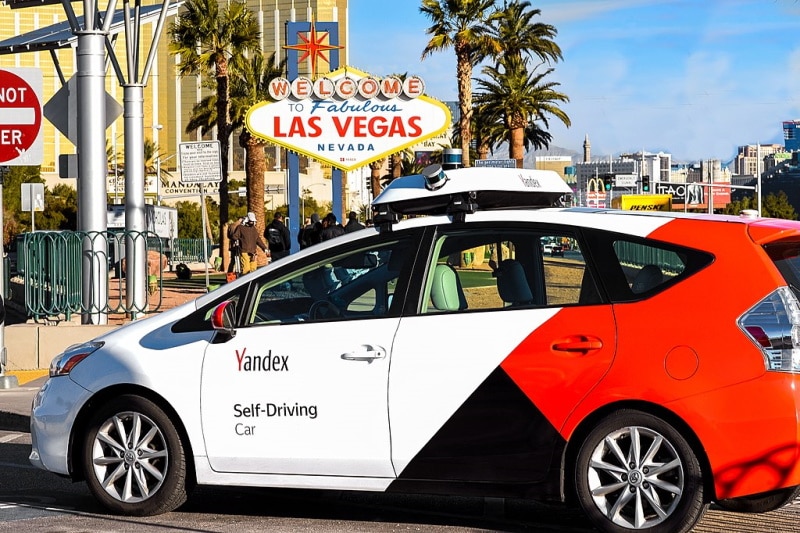
5. Currently, the accident rate for self-driving cars far exceeds that of human-driven vehicles at 9.1 incidences per 1 million miles.
(National Law Review)
We discussed human error and its role in accidents. The goal of self-driving cars would seemingly be a reduction in these losses of fatalities, injuries, and property damage. However, automatic vehicles have a long way to go on this score. Fortunately, while they have more wrecks, crashes with self-driving cars typically aren’t as serious.
Human Driver Statistics
6. According to the National Transportation Safety, there were 36,096 fatalities and 2.74 million injuries in 6.75 million crashes in 2019.
(NHTSA)
The hope is that self-driving cars will have a positive effect on highway safety statistics. These sobering figures are the baseline. The numbers have decreased since the 1970 high of 52,067 fatalities and the 1990 high of 3.25 million injuries. It’s worth noting that it was the first year that the National Highway Transportation Safety Administration (NHTSA).
7. Fatal accidents happen only about once every 3 million driving hours.
(Live Science, State Farm)
This figure puts our fifth stat into perspective. As much as we can point out the tragic figures, operating a human-driven car is relatively safe and getting better all the time with new required equipment. One of the greatest risks to drivers and passengers is deer collisions. State Farm reported 2.1 million claims between July 2020 and June 2021.
8. Nearly 20% more fatalities occur on urban versus rural roads.
(NHTSA)
The efficacy of self-driving cars depends on many factors, including accident decreases based on where they occur. This stat is telling on several scores. The higher number in urban areas isn’t unexpected because of more traffic in these places. However, you’re likely to find detailed and up-to-date maps necessary for the safety of self-driving cars.
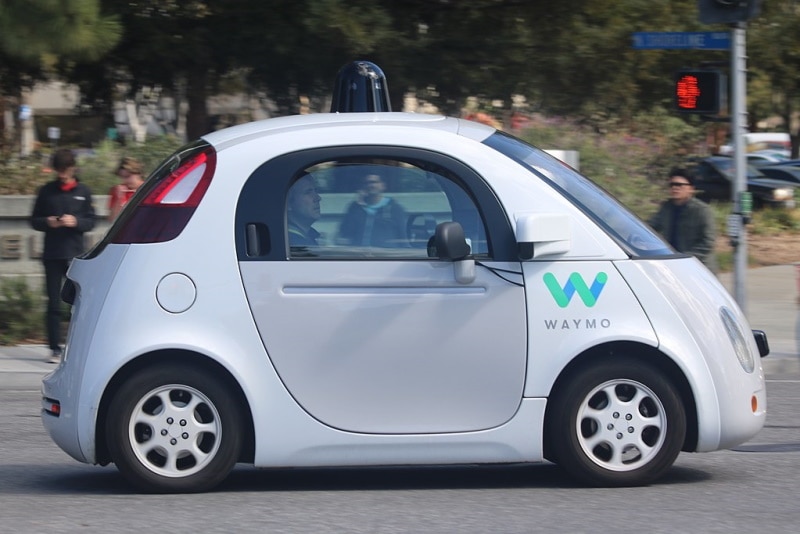
9. Automatic braking systems designed to prevent accidents reduced speeds by 79% versus those that are only meant to decrease their severity.
(AAA)
This statistic shows the potential of technological advances that improve safety in human-driven and autonomous cars. It also highlights where manufacturers can focus their efforts on self-driving vehicles. The figures show that it offers the compelling potential to make the roads safer for everyone.
See also: Is an AAA Membership Worth It? Everything You Need to Know!
10. Bans on texting while driving exist in all 50 states.
(NHTSA)
Distracted driving is a major source of accidents, whether you’re eating a sandwich, fiddling with the radio, or texting. Fortunately, the country has stepped up in the case of the latter with punishable violations and probable cause clauses in many states. The PSAs have done an excellent job of reminding drivers that no text is important enough to endanger someone’s life.
11. About two-thirds of all vehicular traffic on any road at any given time is speeding.
(NHTSA)
While they may sometimes seem arbitrary sometimes, governments set speed limits for a good reason. Yet, data from NHTSA provides a worrying picture of driver behavior on public roads. Speeding increases the risk of serious injury or death if an individual loses control of their vehicle. It also puts others at risk needlessly. Self-driving cars offer an opportunity to get speeding under control.
12. About 94% of all accidents are caused by human error.
(NHTSA)
We talked earlier about the costs of human error. Accident reports typically cite an overriding cause of a crash. Data from NHTSA reveal that people cause almost all wrecks, with vehicle issues and environmental conditions only a factor of 2% each. Unknown causes make up the final 2%. The question becomes whether self-driving cars can mitigate some of these reasons.
The Future of Self-Driving
13. As of 2021, the District of Columbia and 38 states allow autonomous test vehicles on public thoroughfares.
(AAA)
We found this figure surprising, given that it essentially makes public roads an experimental laboratory for the development of self-driving cars. The quick adoption by the state also raised a red flag when you consider the overwhelming reluctance to embrace the technology. It’s even more problematic when you put it in context with our next stat.
14. Only 35% of drivers are aware they are sharing the road with autonomous test vehicles.
(AAA)
This figure may raise eyebrows among the 80% of people who aren’t on board with self-driving cars. The likelihood of encountering one is slim and confined primarily to the technological hubs in the country. Nevertheless, some individuals may have issues with this stat and its implications for on-road safety.

15. The global market for self-driving vehicles is estimated at $7 trillion by 2050.
(Strategy Analytics)
It shouldn’t shock anyone to learn about the staggering investment in the automobile industry. What may surprise some is the amount of current and future investment in these technologies. Indeed, industry experts don’t see any signs of putting the brakes on self-driving cars.
16. The projected consumer segment is $3.7 trillion, or 55% of the total market.
(Strategy Analytics)
We had assumed the investment in self-driving cars was earmarked for other market segments. The potential to replace the current 290.8 million vehicles on the road is evidently enough to fuel this part of the market. Again, it’s predicated on public acceptance and comfort using these vehicles.
17. The United States alone will have up to 4.5 million autonomous cars by 2035.
(National Law Review)
This figure may sound like a lot of vehicles. However, it only represents about 1.5% of the current vehicle pool. We can compare it to solar power in many ways. The drive and interest exist that make the stats seem compelling. However, that’s true if you look at it relatively versus absolutely. Consider how much buzz autonomous cars have created already, though. It’s evident they’re here to stay.
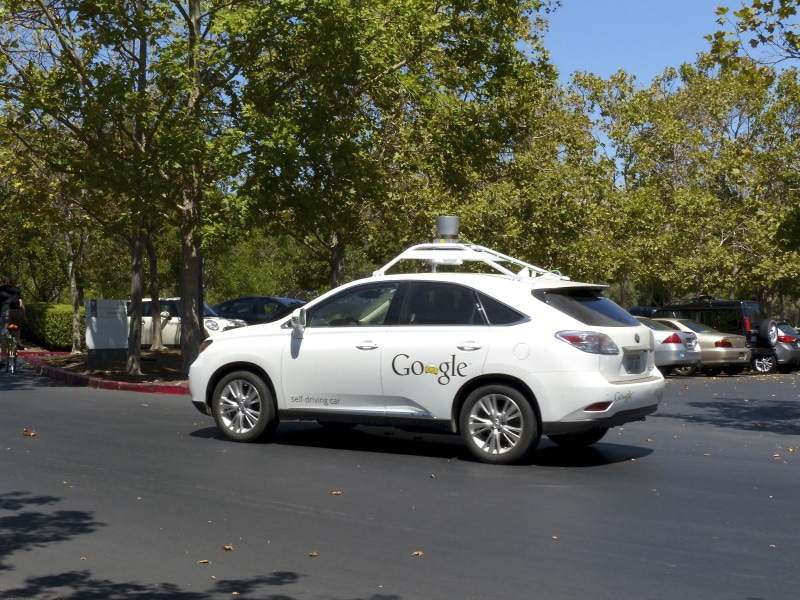
18. About 55% of business owners believe they’ll have all self-driving vehicles in their fleets.
(National Law Review)
It’s essential to consider all facets of self-driving cars when thinking about the safety factor. Business owners are different kinds of stakeholders with unique motivations. It’s worth noting the disparity between companies embracing autonomous vehicles versus the public’s acceptance of them.
19. Improving business efficiency is the top driver for companies adopting smart technology, like self-driving cars.
(National Law Review)
This statistic sheds some light on how business owners view emerging technology. They see it as an opportunity to grow their organizations and save money. Perhaps, consumers look at smart technology as more of a novelty than an economic benefit. However, we’ll be curious to see how the market point of view influences public opinion.
20. About 75% of Americans think manufacturers of self-driving cars are pushing the technology too quickly.
(National Law Review)
Perhaps no statistic on our round-up is more telling about the safety of self-driving cars than this one. The reluctance may reflect a lack of understanding of this technology. Car engines aren’t difficult to understand if you’re a DIYer. When the automobile industry moved toward hybrid, electric vehicles, and electronics, it took cars to a new level, setting the stage for the public perception of new technologies.
Frequently Asked Questions
What are the greatest challenges facing self-driving car adoption?
(Live Science)
AI technology is a necessary piece of the emerging self-driving car market. However, it doesn’t take into account all the variables these vehicles must have to replicate regular driving. The analytics just can’t tell the whole story. Better maps are imperative to provide the background details that autonomous cars require to navigate safely.
How are self-driving cars classified?
(Car and Driver)
Six levels of automation exist, with varying degrees of driver involvement. It begins at zero. Driver assist features are included in Level 1. They progress with less engagement as they get higher. Level 5 is a fully automated vehicle. It’s worth noting that the driver isn’t totally uninvolved during travel, even at this point. After all, they must decide where the car is going.
What about liability issues in case of a wreck?
(Rand.org)
Liability is the biggest stumbling block to adopting self-driving cars. These vehicles have been involved in many accidents, including some fatalities. Current policies must evolve to address the concerns, particularly as technology moves to higher levels. Insurance claims will undoubtedly become more complex, with manufacturers shouldering some responsibility.
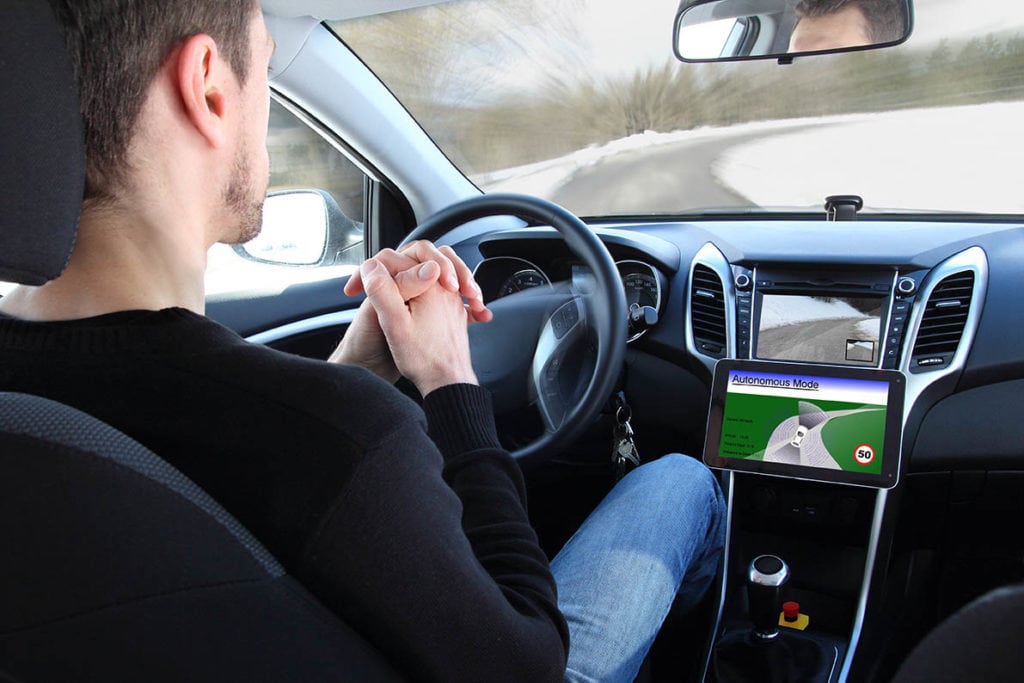
What are some current ways manufacturers are addressing safety concerns?
(Live Science, National Law Review)
The self-driving car industry is constantly evolving and pivoting to manage safety concerns. It must be if the technology will succeed. Manufacturers have focused on innovations to improve sensors and software to make communication seamless between autonomous vehicles. Part of the onus rests with lawmakers to regulate the industry. A looming concern is the highly combustible lithium-ion (LI) batteries.
What steps must the auto industry take to improve the safety of self-driving vehicles?
(Live Science, National Law Review)
The auto industry must take the necessary measures that will safeguard it as it delves into uncharted water concerning ethical issues. Using AI technology presents a self-driving car with choices that may involve choices between outcomes. It’ll undoubtedly make insurance more complicated. However, it’s also new ground for lawmakers seeking ways to regulate it fairly and safely.
- You might also like: How Loud Can a Human Scream? What The Science Says
Conclusion
Determining whether self-driving cars are safer than human drivers is a difficult question to answer definitively. It won’t remove human error altogether, but it can reduce some accidents caused by it. It can open up new avenues for individuals who wouldn’t choose to drive. However, legal and liability questions remain, with fewer answers. Perhaps, the best route is the long, slow ride home.
Featured Image Credit: metamorworks, Shutterstock
Contents




